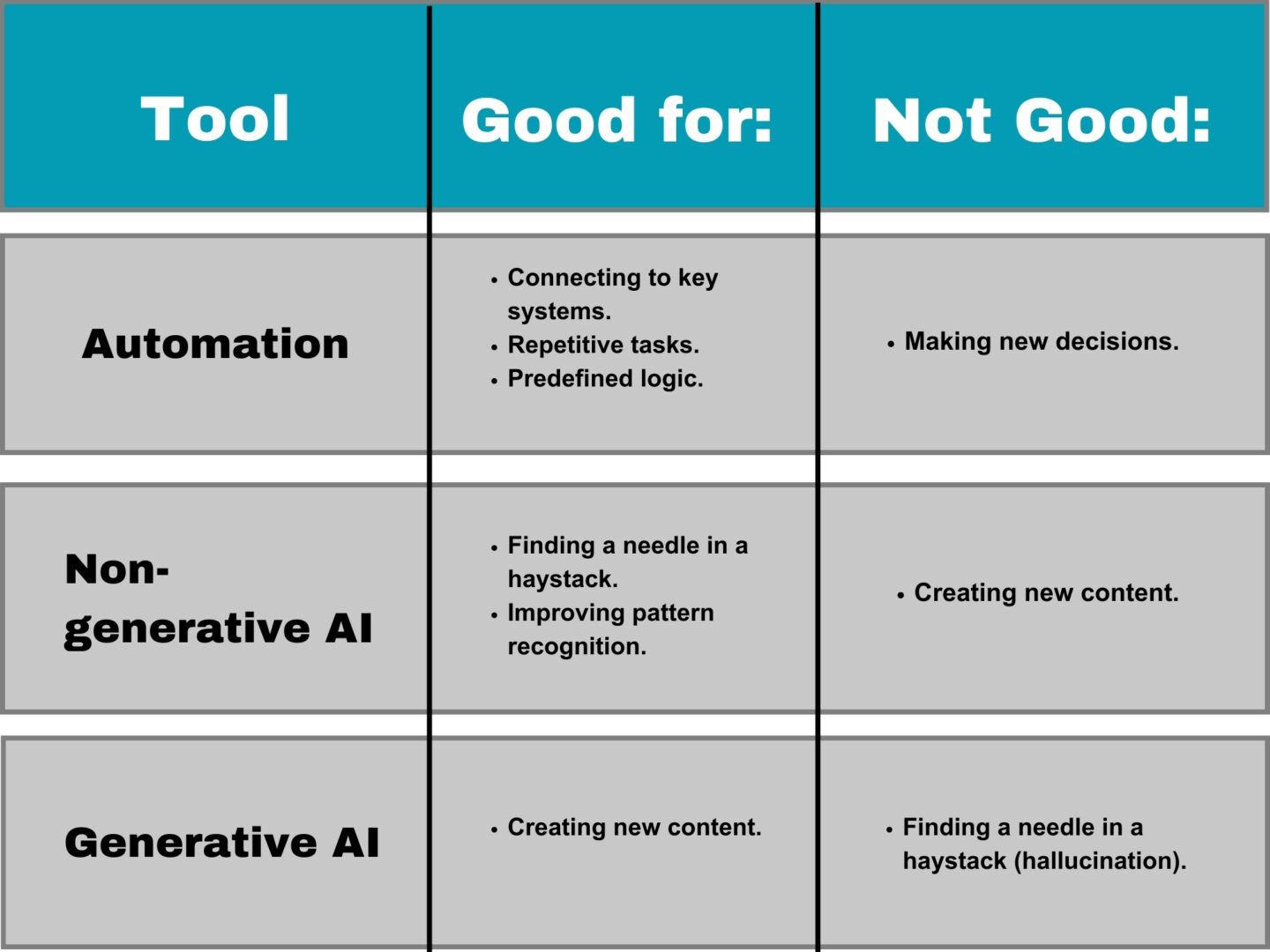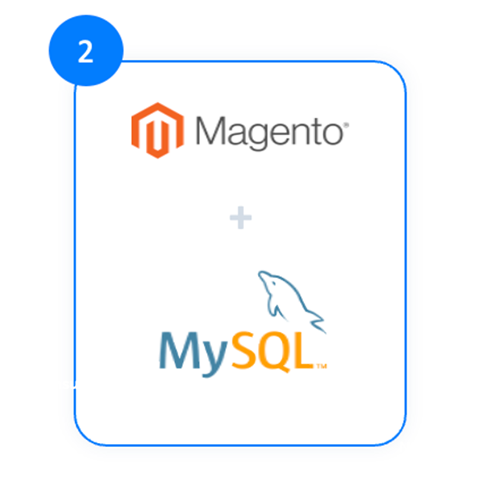Aside from elections, the British royal’s health, Beyonce going country, and the solar eclipse, everyone is talking about Artificial Intelligence these days.
The question and answer of what AI is and what it can do largely depends upon where you work, how you live, how you want to communicate – and your control in all of it.
For a business consulting firm like The Northridge Group, we see AI as an opportunity for our clients to improve processes, elevate employee careers, and increase customer satisfaction that leads to long-term loyalty and higher ROI. But that’s only if this new technology is really understood and implemented correctly. We have a long-held belief (rooted in fact) that it’s nearly impossible to have effective processes and robust technology without trained people to manage and use them. This is where the critical intersection of people, process and technology come into play. Add in artificial intelligence, and the waters can immediately become murky.
In our 3-part series: People, Process, & Technology — and the Intersection of AI, we have asked industry leaders in technology, people and process management to explain what AI is, what it isn’t, and how it can be a benefit (and a curse) in each area.
In Part 1 of our series, we welcome Eric Ludwig from RISE Technology Advisors. Eric offers some valuable insight into artificial intelligence, generative AI, automation, and how (and when) to use them.
Part 1: The Difference Between AI, Gen AI, & Automation and Why It’s Critical to Your CX
by Eric Ludwig, RISE Technology Advisors
AI, Automation, Generative AI, all terms being thrown around like a swarm of bees on a trash can in the summertime. There is even a new domain replacing .com with .ai. Any idea what it takes to use it? A credit card and an unclaimed name. Most organizations, big and small, are asking themselves, what do we do, what can we do, how do we do it? Investors are flocking to firms who label themselves as AI.
Let’s break it down.
Organizations (I use this term instead of “companies” because the technology is pervasive, spans commercial, healthcare, government, nonprofit, legal, finance etc..) are simply looking for efficiencies. Improve outcomes, get to resolution faster, do more with less and save capital. Full stop. We can discuss use cases, but everyone wants to shorten a path to a “solution” for loads of reasons. While we can try and boil the ocean and write a novel on the “what”, I prefer to simplify the discussion.
There are 3 main areas most organizations are looking toward in the discussion of “artificial intelligence”.
- Automation
- Software that operates without intervention.
- A potential replacement for “manual labor”
- AI
- Software that learns and applies patterns.
- A potential replacement for “cognitive labor.”
- Generative (Gen AI)
- Software that creates new content based on data.
- A potential replacement for “creative labor.

Real Life Examples
Let’s look at a real-life example (amongst many) where we can see all three in action.
- Industry: Mid-market E-commerce company
- Use Case: Order Management
- Top Question: “When will my order ship?
- A human has to:
- Read the email
- Look up the order in a database and Magento
- Write email back to client
- The Process is
- Expensive (support people aren’t cheap)
- Repetitive (leads to high turnover)
- Painful (staff only available during business hours)

E-commerce support center - before
- Email comes in from a customer/client.

E-commerce support center -after
- AI does a dip into Magento and MySQL (or other databases) and grabs details of the order.

E-commerce support center -after
- Generative AI writes a follow-up email back to the customer
This is a simple example of one use case among many. Organizations are saving millions of dollars and connecting to clients on THEIR terms by automating these tasks but including someone to ensure the email sent back is correct—one way to use automation and AI without the worry of hallucinations and bad emails.
Examples:
- Payments, account balance/activity
- Erika from Bank of America passed 5 BILLION interactions this year
- Research (think parsing through FAQs, hours open, locations, warranty information etc) (McKinsey found 3% of customer problems account for 65% of call volume and 55% of costs)
- Patient intake (automation of forms and prior history), predict admissions saving millions on paper forms and identifying patterns in records
- Agent training (Home Depot estimates $135 million increase in sales due to automation of training plans and schedules)
To learn more about “artificial intelligence” and how it can help your organization save money, automate tasks, and improve outcomes please contact [email protected].




